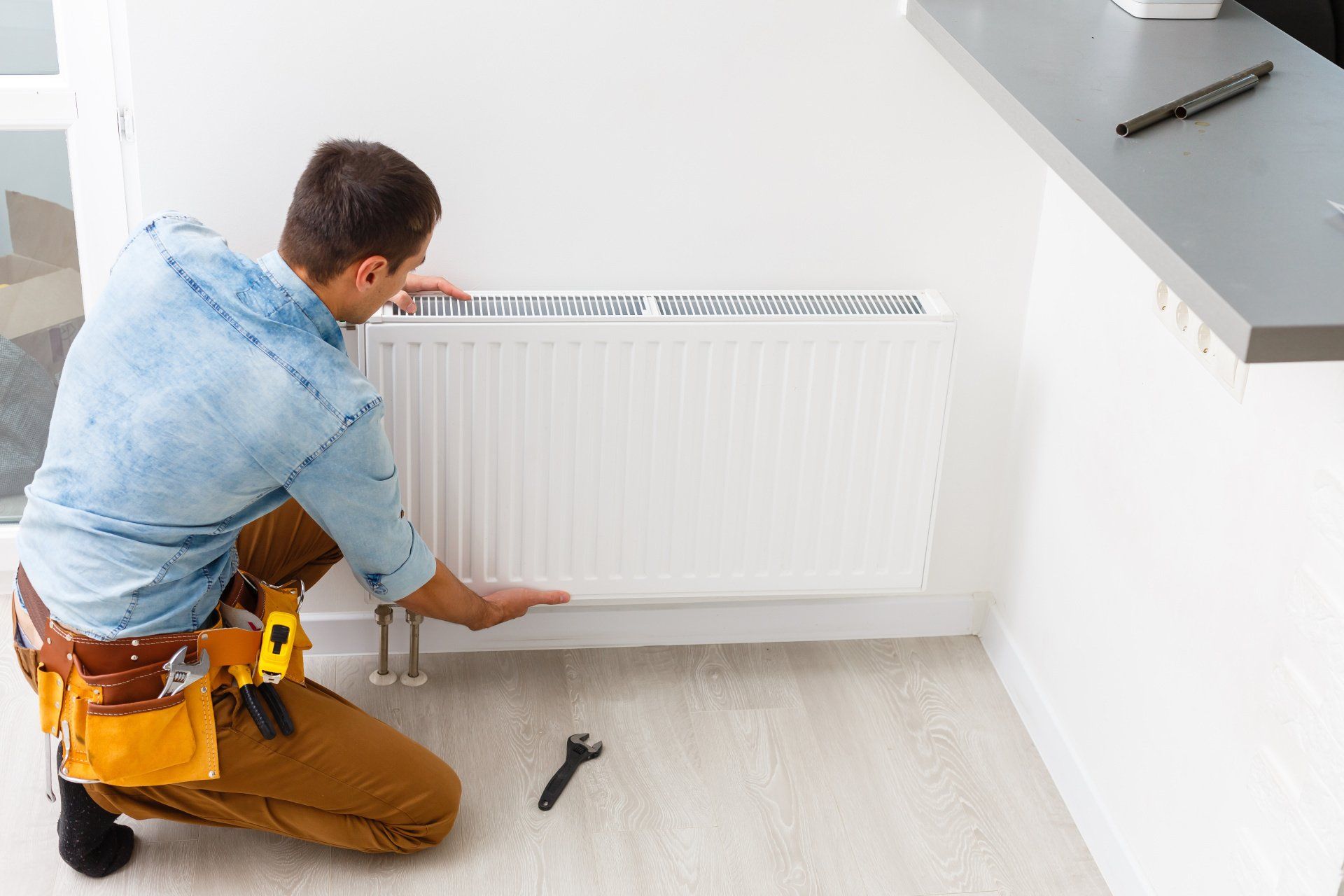Is Hydronic Heating Right for Your Aussie Home?
Hydronic heating is fast emerging as one of the most highly preferred central heating systems . This is primarily due to its efficiency when it comes to providing warmth in homes and even in commercial spaces.
Due to the way it operates, it has become a sought-after heating mechanism for residential structures, especially in Australia. In order to adapt to the country’s unpredictable climate, homeowners, architects, and interior designers have started switching to heating systems that can easily adjust to the changing seasons.
Moreover, the current environmental conditions and issues have sparked the need for centralized heating systems that are energy-efficient, cost-effective, and sustainable. Fortunately for homeowners, hydronic heating systems meet these requirements.
What is Hydronic Heating?
A hydronic heating system basically works by using water to transfer heat to different rooms within an enclosed structure such as a residential space. It effectively provides centralized heating to a home through the use of a closed-loop system that’s generally composed of radiators or convectors and a series of pipes and tubes.
Unlike traditional forms of heating, hydronic systems do not rely on forced-air to distribute and circulate heat. In other words, it does not use vents to push hot air into a room. Instead, hydronic heating takes advantage of the radiant heat produced by the heated water running through its network of pipes and other components.
Essential Components of a Hydronic Heater
Hydronic heating systems work well in homes due to their versatile pieces. Generally, most hydronic systems consist of four main parts. One of these is a boiler, which can run on a variety of power sources such as natural gas, liquefied petroleum gas, electricity, or solid fuel. Usually, boilers are installed in well-ventilated outdoor areas. You might also need to check with your local government’s regulations regarding the proper locations and installation procedures for a boiler.
As its name suggests, the boiler’s primary function is to heat its water supply. In addition to centralized heating, it can also double as your home’s instantaneous hot water system.
After going through the boiler, a pump moves the heated water through a series of pipes running through different parts of a home. The tubes used in hydronic heating are commonly made out of steel, copper, or PEX plastic. These parts are usually installed beneath the floors of your home.
The heated water is then circulated through a radiator, which can be usually mounted on walls. This component transfers the heat from water to the air inside a room through the concept of natural convection and direct radiation.
The radiators of hydronic heating systems come in various models and shapes. This means you’ll be able to choose one that works well with your home’s style and size. Also, radiator panels can usually be controlled individually through thermostats. These devices will allow you to control the heat within the entire house or in each room.
Advantages of Hydronic Heating
The overall system that hydronic heating panels use can provide numerous benefits to homeowners. Although the installation cost of this type of centralized heating can be a bit pricey, it’s still considered as a wise investment due to its long-term advantages.
Health and Safety
As mentioned earlier, hydronic heating uses natural convection to distribute heat instead of forcing air out through vents. This design concept greatly reduces the risk of dust particles, allergens, and other pollutants circulating in the air inside your home.
Aside from its health benefits, a hydronic heating system is also very safe to use. Since it uses radiant heat to provide warmth, the surface of its radiator does not get hot. This means you won’t burn yourself on the radiator even if you accidentally touch it.
Flexible System
The heat distributed across your home and in different rooms can be controlled through a thermostat panel. With this feature, you’ll be able to set your preferred temperatures for various parts of the house.
For instance, through a hydronic heating system, you can dial down or completely switch off the heat delivered to rooms and areas of your home that are not being used.
Cost Efficiency
A hydronic heating system uses a closed-loop circuit to distribute heat. Due to its structure, it requires less energy to reheat water after it passes through the pipes and the radiator. This is because the water returning to the boiler is still hot.
Unlike other heating systems that use up a constant amount of energy to push out hot air, hydronic heating can help you save on your energy costs.
Reliability
Since hydronic heating systems only have a few working parts, namely the boiler and the pump, they are considerably easier to maintain compared to traditional heaters. Although regular maintenance is still essential, they are not as prone to breaking down as other forms of heating systems.
We’d love to hear from you! Give us a call: 02 6021 2200 or send us a message using the form here and we’ll get back to you as soon as we can.

Australia's most trusted hydronic supplier
QUICK LINKS
CONTACT
02 6021 2200
info@hurlconheating.com.au
All Rights Reserved | Hurlcon Hydronic Heating


